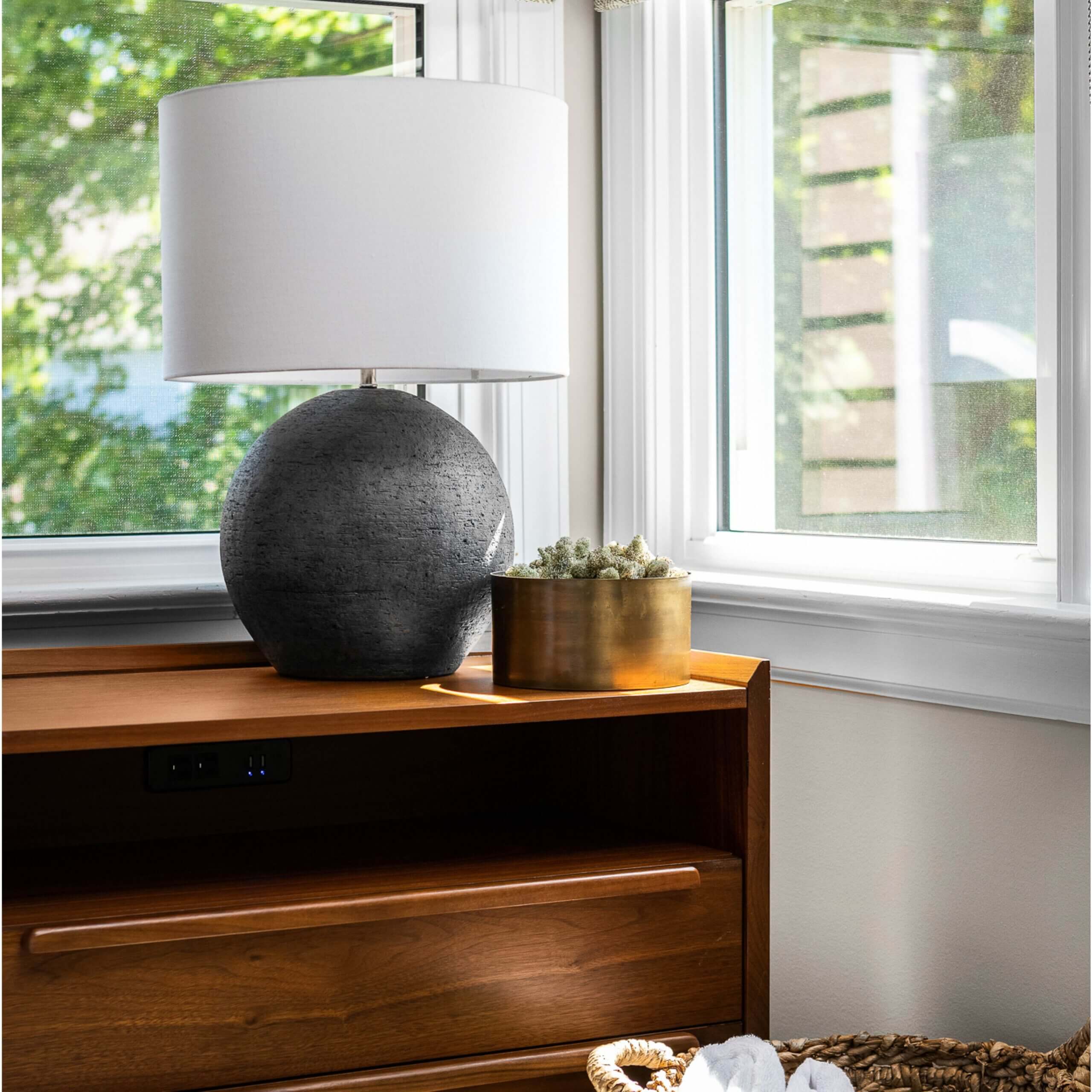

DESIGNING WITH PURPOSE
Sensory Design
I’m fascinated by how our environment affects us psychologically and even physiologically. While studying Interior Design, I wrote a handbook for other designers and caregivers of those with Sensory Integration Disorders (SID). Through this work, I’ve found a true passion for creating spaces for those who have difficulties experiencing sensory stimuli—helping them feel comfortable and thrive.
Sensitivity Design Considerations
Thought is given to color, light, line, space, weight, balance, rhythm, and so much more. It is imperative to also account for physiological and psychological effects the environment has on an individual.

Fixations
Focus on the details of your design. Hypersensitive people may fixate on seams in carpets and other details to the point of agitation. Comb over a space and look for areas that might precipitate fixation.

Lighting
Be aware of lighting. Lights can be distracting and uncomfortable for someone who is sensitive to brightness and glare. Light sensitivity is a predominant characteristic of Autism.

Textiles
Pay attention to textiles in rooms. Avoid cold metals on furniture such as desks and tables, and opt for more natural materials. Keep textiles soft, avoid man-made materials.
DESIGNING FOR THOSE WITH SID
I authored a handbook on designing spaces
for those with Sensory Integration Disorders.
“Designing for Children with Sensory Integration Disorder: A Handbook for Residential Designers” was published in JCCC’s Honors Journal. Since its publication, I’ve continued to revise this handbook as more information becomes available.

